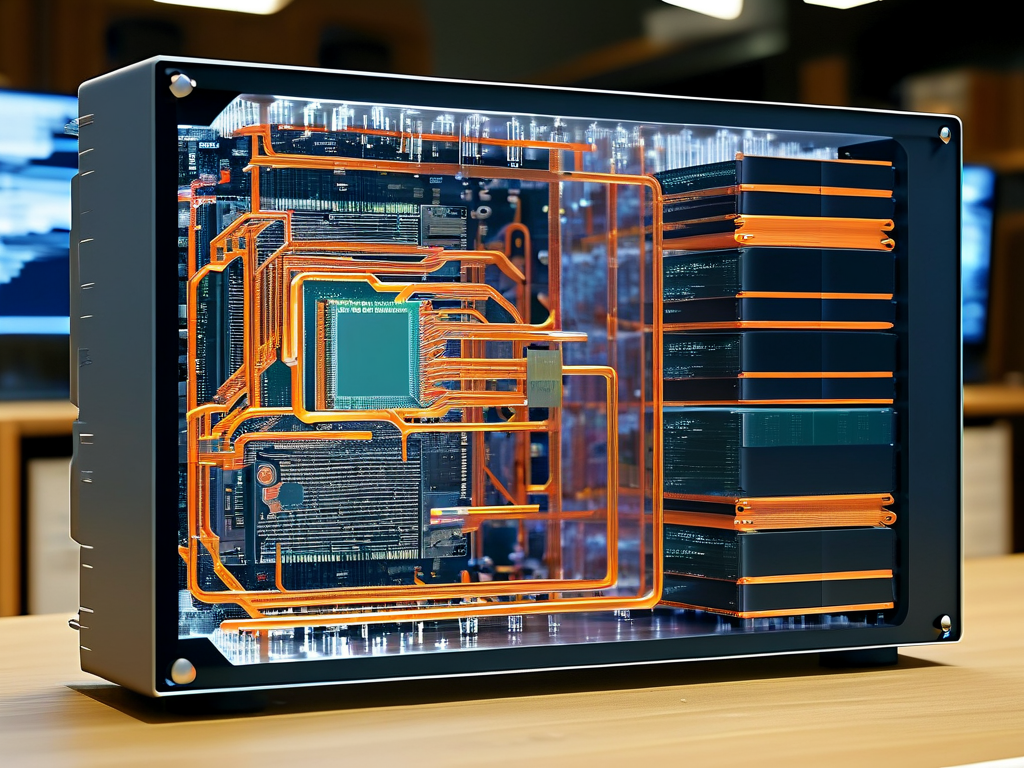At the heart of every computing operation lies a critical partnership between the CPU and memory. Understanding how processors calculate program memory requires peeling back layers of digital logic and architectural design. This process isn't just about raw storage capacity—it's a carefully orchestrated dance of addressing schemes, data buses, and memory management units (MMUs).

Modern CPUs employ physical addressing and virtual memory systems to manage program memory. When a software application runs, the CPU first interprets memory requests through the lens of virtual addresses. These abstract references are translated into physical locations using a combination of hardware components and operating system collaboration. For example, when a program declares a variable in C:
int data_buffer[1024];
The CPU's memory management subsystem assigns virtual addresses to this array, which are later mapped to physical RAM locations during execution. This translation occurs through multi-level page tables managed by the MMU, ensuring isolation between processes while optimizing memory usage.
Address Bus Width plays a pivotal role in memory calculation. A 64-bit CPU can theoretically address 16 exabytes of memory (2^64 bytes), though practical implementations limit this for efficiency. The actual usable memory depends on the memory controller's design and motherboard constraints. When programmers work with pointers:
void* ptr = malloc(512);
printf("Address: %p", ptr);
The displayed virtual address represents a carefully calculated position in the process's memory space, not the physical RAM location. This abstraction layer enables features like memory protection and demand paging.
Memory alignment further influences calculation efficiency. CPUs often require specific byte alignment for optimal performance. Misaligned data forces the processor to execute additional memory cycles, as seen in assembly-level operations:
mov rax, [rdi+3] ; Potential misaligned access
Modern compilers typically handle alignment automatically, but low-level programmers must remain vigilant. The CPU's cache hierarchy (L1, L2, L3) adds another dimension to memory calculations. Spatial and temporal locality principles guide cache line fetches (usually 64 bytes), making memory access patterns crucial for performance.
Debugging tools like Valgrind reveal how CPUs track memory allocation. When detecting leaks:
==12345== 100 bytes in 1 blocks are definitely lost The CPU collaborates with the OS to monitor page table entries and allocation metadata. This oversight extends to memory protection features—illegal access triggers segmentation faults (SIGSEGV) through hardware interrupts.
Emerging technologies like CXL (Compute Express Link) are reshaping memory architectures. By enabling shared memory pools across devices, CPUs now calculate memory addresses across heterogeneous systems, blurring traditional boundaries between local and remote memory.
In embedded systems, memory calculation takes different forms. Microcontrollers often use Harvard architecture with separate program/data buses:
const uint8_t firmware[] PROGMEM = {0x12, 0x34}; // Stored in flash
uint8_t runtime_data; // In SRAM
Here, the CPU handles distinct address spaces for code and data, requiring specialized instructions for access.
As quantum computing advances, new memory calculation paradigms emerge. Qubit addressing and error-corrected memory models challenge traditional von Neumann architectures, hinting at future revolutions in how processors manage storage.
From high-level programming to silicon pathways, CPU memory calculation remains a cornerstone of computational theory. Developers who grasp these mechanics can write memory-efficient code, optimize performance-critical systems, and troubleshoot complex memory-related issues with surgical precision.


